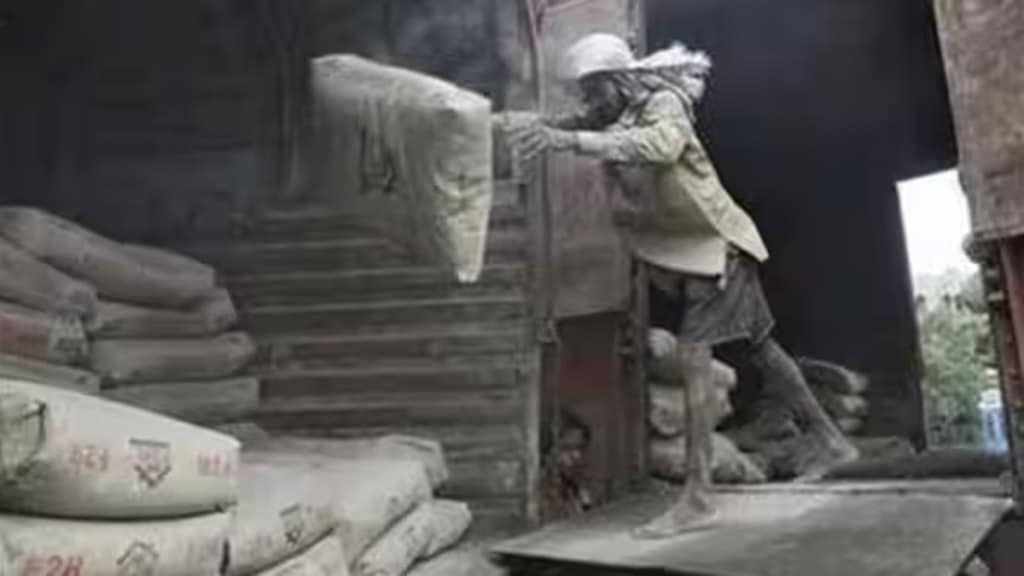By Jyotivardhan Jaipuria
One of the key themes we have been bullish on the cement sector has been our view that the industry will consolidate, with the smaller players selling out to the larger players. This theme has played out over the past couple of quarters with a series of M&A deals seen in the cement sector.
These include Adani acquiring Sanghi Cements, the acquisition of Jaypee assets by Dalmia Bharat, JK Cement’s foray further south via Toshali cement, Ramco Cement buying out land/limestone from Prism, Sagar Cement buying Andhra Cement and the purchase of a limestone mine from India Cements by JSW .
Ambuja Cements announced the acquisition of a 56.74% stake in Sanghi industries from its existing promoter group at an enterprise value of Rs 50 billion, translating to EV/tn of US$100//US$93 at current cement/clinker capacity. This deal highlights Adani’s thirst to accelerate capacity addition in the cement sector. More importantly, Adani’s swift moves in acquiring Ambuja, ACC and now Sanghi Industries are driving consolidation in the cement sector.
Since Q1FY18, larger companies have been consolidating their market shares and the share of the top five players has risen from 67% in Q1FY18 to 71% in Q4FY23 (excluding NUVOCO). With aggressive strategies for maintaining/gaining market share via capacity addition, we believe healthy consolidation in the industry over the coming years, which augurs well for mid- and small-size companies as they trade at 40-50% discount to recent deal valuation. Given the high fragmentation and a large number of small-to-mid-sized players, the southern market offers a high potential for inorganic expansion.
We also continue to expect strong volume growth in FY24E driven by robust infrastructure spend by the government ahead of general elections in 2024 and a real estate upcycle. We analysed the last four pre-election periods, from FY03-FY19 to understand the volume, pricing and margin growth of the industry. Our analysis indicates that the industry records the highest volume growth in the year before an election. Given this, we forecast ~8-9% y-o-y volume growth in FY24E for the industry.
Besides, the cement industry’s Ebitda/tn declined 26% y-o-y in FY23 due to high raw material and power & fuel cost. The moderation in fuel prices provide a respite to cement manufacturers, as Q1FY24 pet coke and thermal coal prices were down 19% and 11% q-o-q, respectively. Cement sector posted health volume growth of 16% in Q1FY24, realszation flat q-o-q and down 2% y-o-y. Profitability improved sequentially (Ebitda/t up 5% q-o-q) as both raw material and power & fuel costs reduced (down 7%/t and 1%/t q-o-q, respectively). We believe margins should continue to improve till Q2/Q3FY23, given softness in coal/petcoke prices. However, pricing trend needs to be monitored, considering that input costs have started inching up. We believe H2FY24E profitability will depends on cement companies being able to take a price hike post the seasonally weak monsoon period.
We find cement as a clean proxy to play the India infra story, revival of urban real estate sector and cite longer term themes of consolidation.
(The writer is founder & MD, Valentis Advisors)

